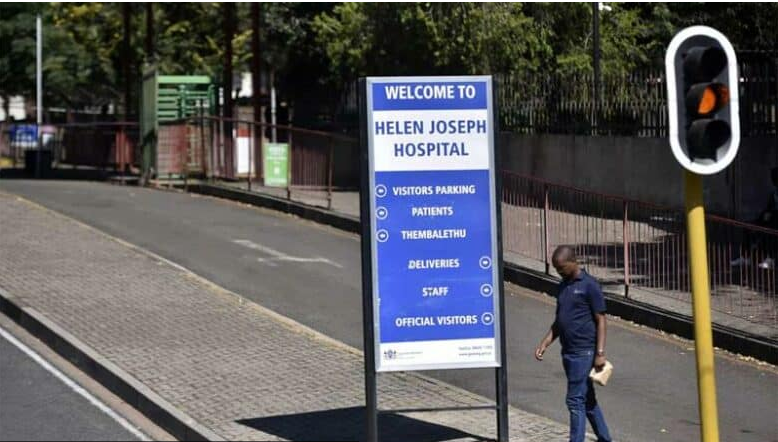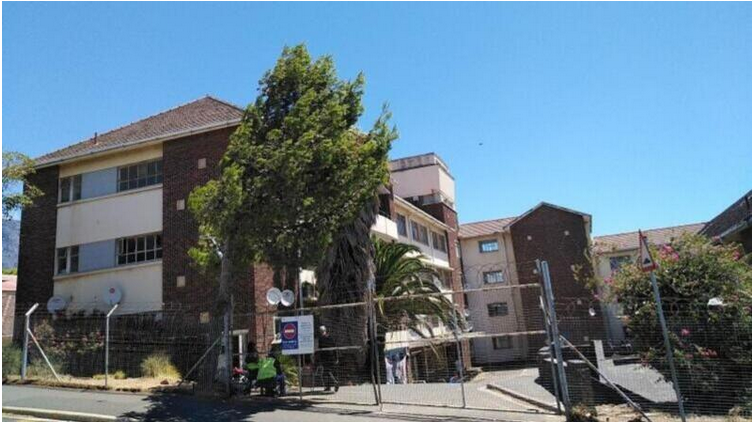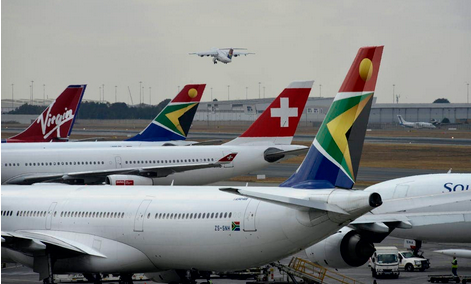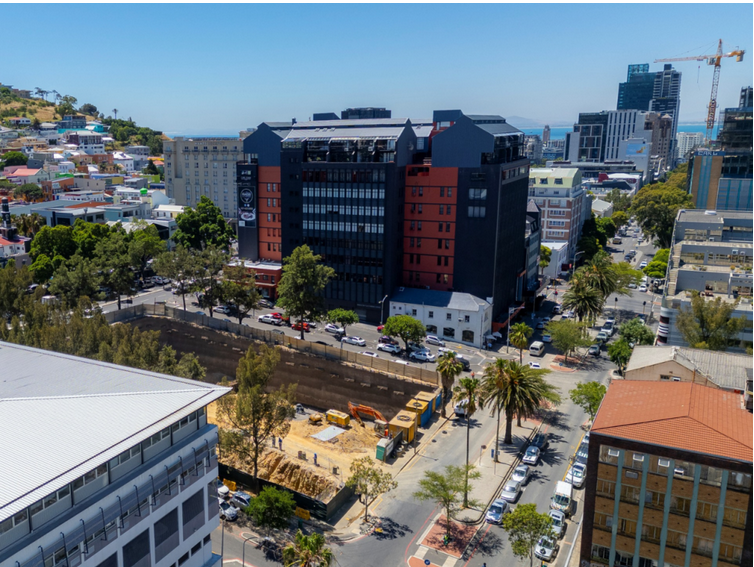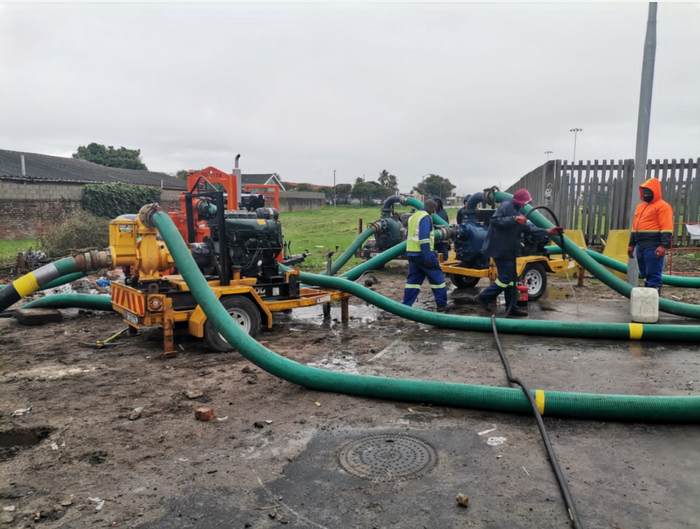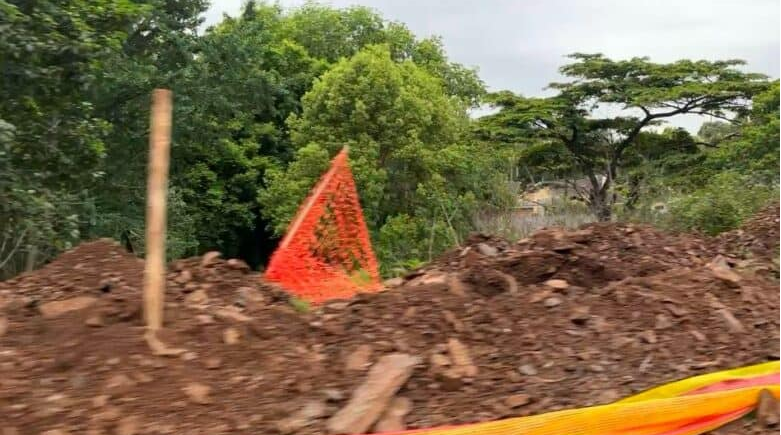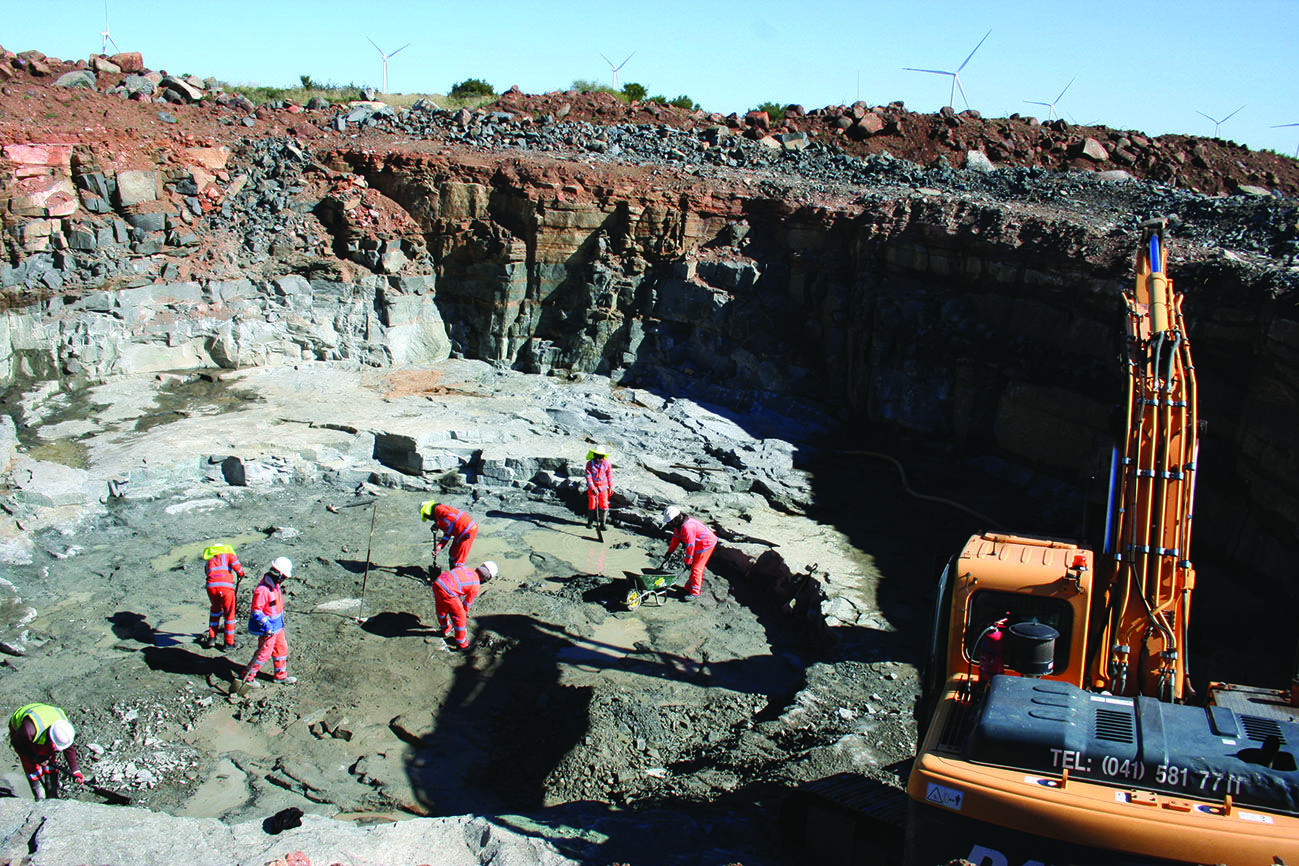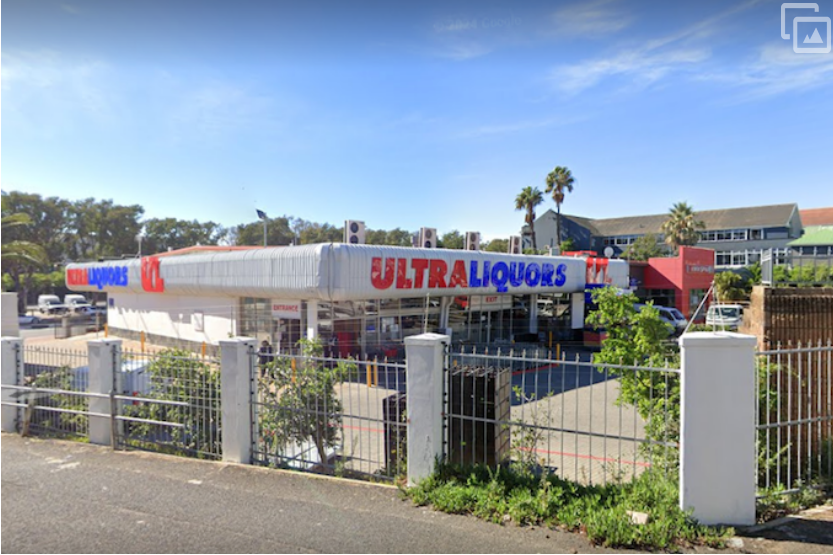Construction costs to soar with cement price increase
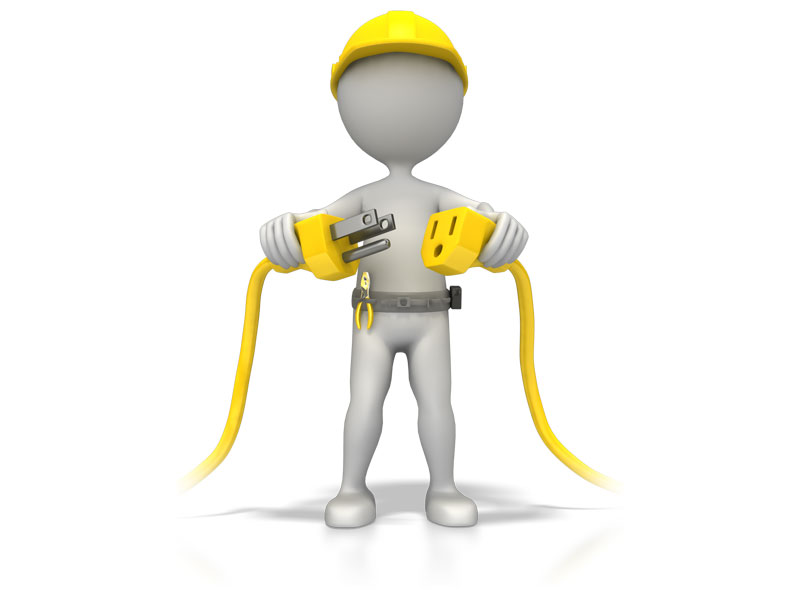
Advertising
13-11-2006
Read : 736 times
BusReport
pretoria - increases in the domestic price of cement appear imminent and will raise the cost of major construction projects, including the government's infrastructural expenditure programme and 2010 soccer world cup projects.
this comes after both ppc, barloworld's listed cement and lime subsidiary, and lafarge south africa, the local subsidiary of the french-based global leader in building materials, admitted they would make little if any profit, or even a loss, on imported cement at current prices.
the government aims to spend about r370 billion between april 2005 and march 2008 on its ambitious infrastructure investment programme, while r8 billion has been set aside for stadiums and infrastructure for the world cup.
john gomersall, ppc's chief executive, said ppc's first shipment of imported cement arrived last month, but it looked as if the firm did not make any margin on the shipment. "if hypothetically the rand were to weaken dramatically, we'd be importing and selling at a loss," he said. "we're not doing this [importing] for benevolent reasons. either contract activity dries up or people pay the price."
gomersall said ppc increased its cement prices by 7 percent at the beginning of the year but had elected not to increase prices again in july because of "noise" about how the price of cement had risen.
carl grim, the chief executive of aveng, the listed construction, steel and cement group, said construction companies were compensated for an increase in cement or steel prices and clients ended up paying more. "if it's the public sector, it's the taxpayer that ends up paying more."
aveng has a 46 percent shareholding in cement producer holcim south africa, in which swiss-based holcim, the world's second-biggest cement maker, holds the remainder of the shareholding.
grim said holcim sa imported its first load of cement last year and lost money on it, but there was a steep learning curve to importing cement. "we found that out with our first shipment of cement last year and had substantially lower costs on our second shipment, and suspect the same will happen on the third [shipment]."
grim did not believe too much should be read into the losses made on initial shipments of imported cement and cement prices.
lafarge sa chief executive albert corcos said his company would import about 600 000 tons of cement and clinker in the next 18 months to satisfy the strong local demand. corcos stressed that lafarge sa would do everything it could to keep its customers satisfied, including importing cement and making improvements at the company's lichtenburg cement works to improve capacity and cement output.
however, he said, cement imports cost lafarge sa more than the current price of cement on the domestic market. "this will not last for very long. we will not lose money on this operation."
corcos said he did not have any "numbers in mind" with regard to a price increase. lafarge sa had increased its cement prices twice this year, the first by between 3 percent and 3.5 at the beginning of the year and the next by 5 percent in july.
he forecast that cement consumption would decline if the market was not willing to pay a higher price for cement and the rand depreciated.
annual cement demand had risen almost 50 percent from 9.6 million tons in 2002. the market continued to perform well, with this year's trend still above 10 percent annual growth across the whole market.
lafarge sa was committed to investing in capacity expansion projects to meet the supply needs of the increased demand in south africa. evidence of this was lafarge sa's recent announcement that its cement unit would invest r1.2 billion to increase its capacity by 1 million tons a year.
Recent News
Here are recent news articles from the Building and Construction Industry.
Have you signed up for your free copy yet?

